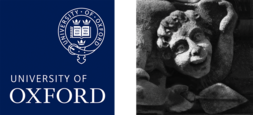While commonly used in the identification of ‘non-locals’, strontium isotopes (87Sr/86Sr) can also inform on landscape use by the local community. Here, we report strontium isotope and concentration values for 24 Bronze Age cremations from Dunragit, Southwest Scotland, together with measurements on 23 modern plants to refine the available regional isoscape. Aside from one or two marginal outliers that might indicate the presence of non-locals, the results are largely consistent with the regional catchment. Dividing the 87Sr/86Sr results by period, however, shows a clear difference between the Early (2200–1700/1600 cal BC) and Middle (1700/1600–1200 cal BC) Bronze Ages, with the latter being slightly but significantly more radiogenic on average. There is also a marked shift in the relationship between 87Sr/86Sr and elemental Sr concentration values. This suggests a change over time in which parts of the surrounding landscape were emphasised for subsistence, primarily as this relates to arable farming given that plants are the main source of strontium. We employ a novel method of spatial assignments at the community level to visualise the shift in landscape use between the two periods.



